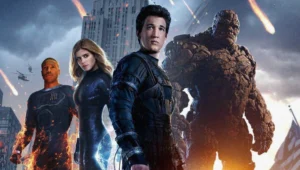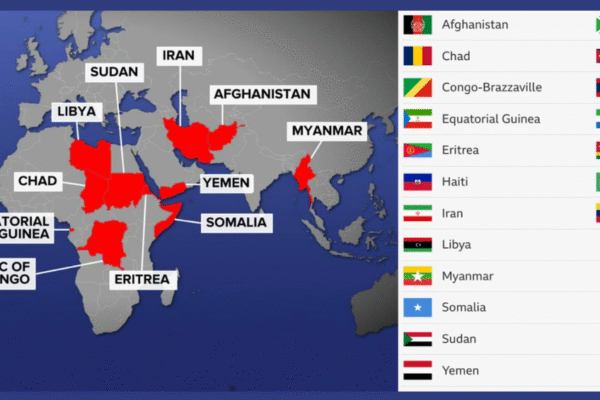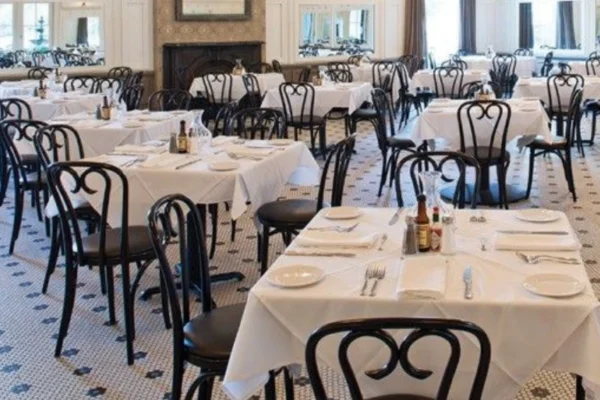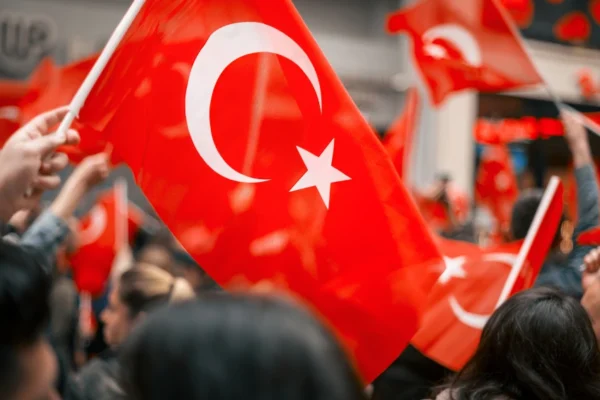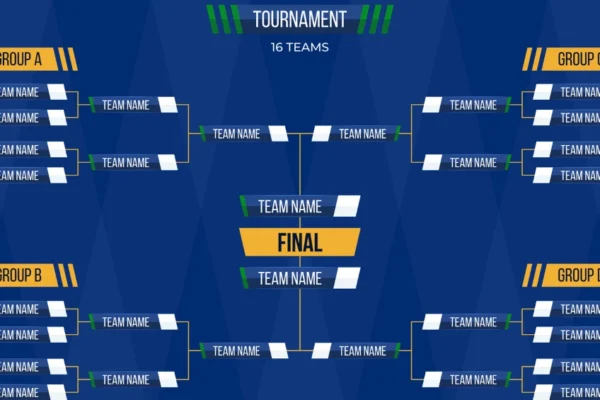When we think about the birth of modern superhero comics, one name always stands out—Stan Lee. As the legendary writer, editor, and creative mind behind many Marvel characters, Stan Lee transformed the comic book world. But if there’s one creation that truly marked the beginning of a new era, it’s the Fantastic Four. With their debut in 1961, this team of superheroes didn’t just entertain readers—they revolutionized the entire genre. This is the story of how the Fantastic Four changed superhero comics forever, and why their legacy is still felt today.
The Birth of the Fantastic Four
In the late 1950s and early 1960s, superhero comics were on shaky ground. After the Golden Age of comics had faded, readers were moving toward other genres like horror, westerns, and romance. That’s when Marvel Comics (then called Timely/Atlas) decided it was time to take a risk. Publisher Martin Goodman asked Stan Lee to create a new superhero team that could compete with DC Comics’ successful Justice League of America.
Tired of the formulaic and one-dimensional characters he had been writing, Stan Lee teamed up with artist Jack Kirby to create something different. Together, they launched Fantastic Four #1 in November 1961, and nothing was ever the same again.
What Made the Fantastic Four So Different?
The Fantastic Four broke nearly every rule of the traditional superhero comic book. At a time when most superheroes wore masks and kept secret identities, the Fantastic Four were public figures. They didn’t hide who they were. In fact, their fame was a big part of their storyline.
More importantly, the team wasn’t perfect. Reed Richards (Mr. Fantastic), Sue Storm (Invisible Woman), Johnny Storm (Human Torch), and Ben Grimm (The Thing) all had flaws, arguments, and personal struggles. They acted like a real family—fighting one moment and working together the next. This level of realism was new to comic book readers, and it made the Fantastic Four incredibly relatable.
Human Drama Meets Superhero Action
One of the biggest ways the Fantastic Four changed comics was by blending superhero action with human drama. Unlike many superheroes of the past who lived in fictional cities, the Fantastic Four lived in real-world New York City. Their adventures took place in recognizable locations, which made their stories feel more grounded and believable.
Stan Lee also gave the characters real-world problems. Reed struggled with guilt over turning Ben into The Thing. Johnny, the youngest, was reckless and impatient. Sue had to deal with being both a powerful woman and a team mediator. And Ben Grimm, perhaps the most beloved member, was cursed with a monstrous appearance that caused deep emotional pain.
These personal challenges made the Fantastic Four more than just comic book characters—they felt like people readers could care about.
A Universe Begins
The success of the Fantastic Four gave Marvel Comics the confidence to expand its universe. After their debut, Stan Lee and Jack Kirby went on to create many more characters and teams, including Spider-Man, the X-Men, the Avengers, and Black Panther—all of whom eventually crossed paths with the Fantastic Four.
In fact, the Fantastic Four were often the first point of contact for new characters. For example, Black Panther made his first appearance in Fantastic Four #52, and Silver Surfer and Galactus debuted in their pages as well. These stories introduced cosmic-level threats and deep philosophical themes, raising the bar for what superhero comics could explore.
Without the Fantastic Four, there might never have been a Marvel Universe as we know it today.
Breaking Social Barriers
Stan Lee used the Fantastic Four as a platform to address real-world issues. While the comic was full of sci-fi adventures and supervillains, it also touched on topics like equality, teamwork, loyalty, and moral responsibility.
During a time when American society was going through massive changes—the Civil Rights Movement, the Space Race, and the Cold War—the Fantastic Four provided stories that reflected the complexity of the world. Ben Grimm, for example, often spoke out against discrimination due to his appearance. Sue Storm was one of the earliest examples of a strong, independent female superhero in a team setting.
These stories didn’t preach—they resonated. And that was all thanks to Stan Lee’s ability to write dialogue and situations that felt real, even in a world filled with aliens and time travel.
Redefining Villains
Another major contribution of the Fantastic Four was the way it redefined comic book villains. Instead of flat, evil-for-the-sake-of-evil characters, the Fantastic Four faced foes with depth and complexity. Doctor Doom, their archenemy, is a perfect example.
Victor Von Doom was a brilliant scientist, a ruler of a foreign nation, and a man driven by pride and pain. He wasn’t just evil—he had a code of honor and a tragic backstory. Characters like Galactus and Namor the Sub-Mariner also blurred the line between villain and antihero, showing that enemies could be sympathetic or even right in their own way.
This shift helped make stories richer and more emotionally engaging, paving the way for the kind of storytelling that modern comics and superhero films now embrace.
The Fantastic Four and Modern Media
Although the Fantastic Four haven’t had the same success on the big screen as other Marvel properties (yet), their influence is massive. The tone and style of today’s Marvel Cinematic Universe owe a huge debt to the Fantastic Four’s blend of humor, family dynamics, and emotional storytelling.
And with Marvel Studios regaining the film rights to the Fantastic Four, fans are excited to see a proper adaptation that captures the spirit of Stan Lee and Jack Kirby’s original vision. A successful movie could reintroduce these iconic characters to a new generation and further cement their role in pop culture history.
Stan Lee’s Personal Connection
Stan Lee often said that the Fantastic Four were his favorite creation. That’s likely because they represented a turning point in his career and in the comic book industry as a whole. With their success, he gained the freedom to tell deeper, more personal stories. He proved that superheroes didn’t have to be gods or flawless icons—they could be real, messy, and human.
In many ways, the Fantastic Four were the beginning of Stan Lee’s true legacy. Through them, he helped launch a creative revolution that continues to shape comics, movies, TV shows, and games today.
The Legacy Lives On
Even though it’s been more than 60 years since their debut, the Fantastic Four remain essential to Marvel’s identity. Their stories have been rebooted, reimagined, and revisited countless times. And each time, the core elements—family, adventure, conflict, and hope—stay the same.
Writers and artists continue to be inspired by what Stan Lee and Jack Kirby started. The Fantastic Four have opened doors for more diverse storytelling, complex characters, and interconnected universes.
Their impact goes beyond comic books. The idea that heroes can be imperfect, relatable, and real has become a standard across all forms of media. That idea started with the Fantastic Four, and it’s one of the reasons why their legacy—and Stan Lee’s—is truly everlasting.
Conclusion: The Fantastic Four’s Enduring Influence
Stan Lee’s contributions to pop culture are nearly impossible to measure, but the Fantastic Four stand as one of his most important and enduring creations. They didn’t just change comics—they changed how we tell stories about heroes.
By introducing flawed, relatable characters who dealt with real problems while battling cosmic threats, the Fantastic Four redefined what a superhero team could be. They laid the groundwork for the Marvel Universe and inspired generations of creators and fans.
As we look forward to future adaptations and new stories featuring these iconic characters, one thing is certain: the legacy of the Fantastic Four is not just a part of comic book history—it’s the foundation of everything that came after. And that legacy is a true reflection of Stan Lee’s genius, imagination, and heart.


